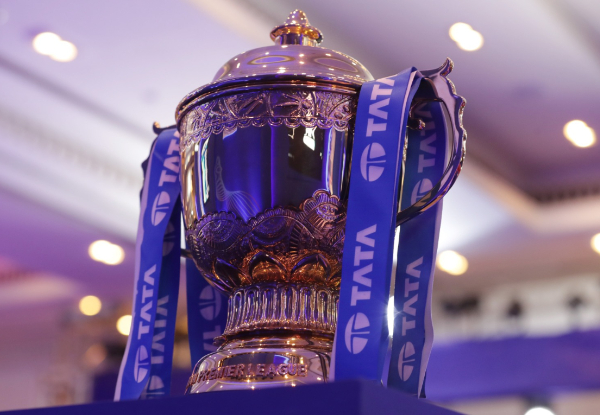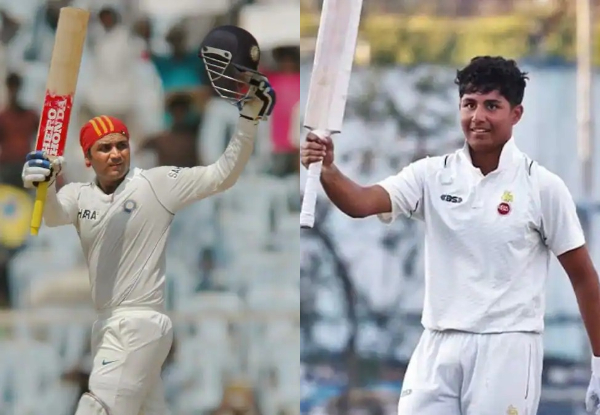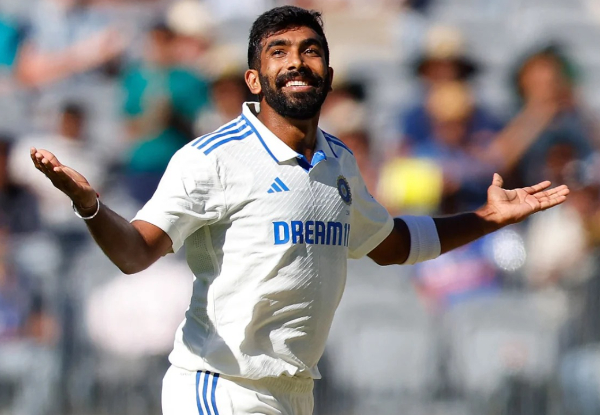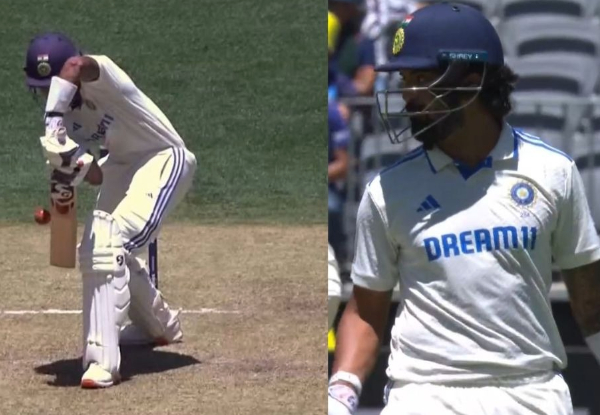BGT 2024-25: Technology faults or poor umpiring, which caused KL Rahul's wicket? find out
Xtra Time Web Desk: The KL Rahul dismissal controversy has reignited debates about the reliability and consistency of Decision Review System (DRS) technology in cricket. On the opening day of the Border-Gavaskar Trophy 2025 in Perth, the incident highlighted critical flaws in the use of technology during pivotal moments of the game.
Rahul's dismissal—caught behind off Mitchell Starc—came under scrutiny due to the questionable decision-making process. On-field umpire Richard Kettleborough had initially ruled him not out, but Australia's review led third umpire Richard Illingworth to overturn the decision. The Real-Time Snickometer (RTS) showed a spike as the ball passed the bat, but without a front-on angle or thorough footage, it was unclear whether the spike corresponded to the ball hitting the bat or the bat brushing the pad.
Read More: BGT 2024-25: 'Poor supply of technology!' which ex cricketer responds to KL Rahul's out?
Cricketing experts, including former umpire Simon Taufel, questioned why the third umpire did not roll through the footage further or request additional angles to establish conclusive evidence. Taufel noted that a second spike on Snickometer—indicating bat hitting pad—might have clarified the situation if examined thoroughly.
"His pad and bat are not together at that point in time as the ball passes.
— 7Cricket (@7Cricket) November 22, 2024
"It's (bat hitting pad) after, in fact, the ball passes the edge. Does Snicko pick up the sound of the bat hitting the pad?
"We're assuming (Snicko) may be the outside edge of the bat but that may not… pic.twitter.com/hvG0AF9rdo
Read More: BGT 2024-25: Out or not out? Controversial Decision by Umpire, KL Rahul leaves the crease!
Veteran broadcaster Hemant Buch also criticized the reliance on Virtual Eye technology in Australia, which uses broadcast cameras rather than fixed cameras like Hawkeye. He pointed out that fixed cameras, employed in other cricketing nations, offer consistent angles and prevent such ambiguities. The absence of a clear front-on view exacerbated the controversy, with many calling for improved technological standards to ensure fair decision-making.
This episode has added yet another layer to the storied India-Australia rivalry, underscoring the need for robust DRS protocols, particularly in high-stakes series like the Border-Gavaskar Trophy.











